Comfort in every home is directly influenced by the ambient temperature inside and the humidity in the air. Ideally, the indoor temperature should be between 19°C and 22°C and the humidity between 30% and 60%.
A lower or higher percentage of humidity than indicated can create discomfort and, in the long term, can affect the health of loved ones and the integrity of the home.

In addition to the impact on health (dry skin, constant feeling of thirst, etc.), prolonged exposure to less than 30% humidity can also affect your own home – over time, dry air can encourage cracks or splits in wood (including in painted or lacquered areas of furniture), peeling walls, warping floors and discoloration of pictures in frames or paintings.
Sometimes dry air can contribute to static electricity (i.e. the sensation of ‘draught’ when you touch an object) or, as the case may be, drying out or wilting plants in your home.
At the same time, humidity higher than 60% increases the risk of developing allergies, bacteria or viruses and causing asthma or other respiratory diseases in the family due to mould spores and thrush. Often found in the corners of exterior walls, behind furniture or under parquet floors, the development of spores and damp is rapid and their removal is a lengthy and costly process. Also, with the appearance of mould, the smell in your home will change noticeably.
Monitoring and keeping humidity under control is a priority especially when there is a newborn baby in the home.
High or insufficient humidity in a child’s room can put their health at risk, and allergies, coughs, bronchitis and other medical conditions can be increased in young children. Also, in general, the agreed and ideal humidity can be around 55%.

Drying freshly washed clothes on the balcony, regularly airing your home (even in cold weather for short periods of time), using the hood when cooking and ensuring proper ventilation in bathrooms are just a few of my recommendations that can help you keep the humidity in your home in balance so that prolonged exposure doesn’t put your loved ones’ health and property at risk.
Information about the environment inside the home, such as humidity and room temperature, is also measured in real time by the first Homplex room thermostat. In addition to the temperature sensor, the Homplex NX1 also has a humidity sensor that keeps the user constantly informed of climate changes in their home – so the user can act in time when the air becomes too dry or if the humidity is above the accepted limit.
Information about the humidity measured by the smart room thermostat can be found both on the device’s display and in the Homplex mobile app.
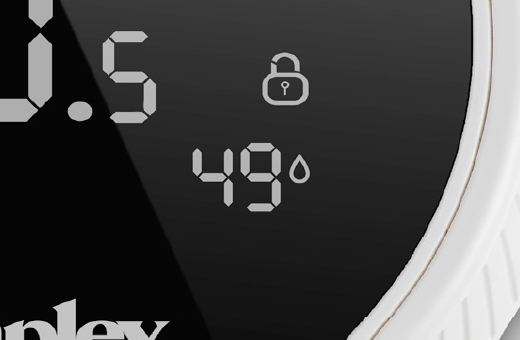
The Homplex NX1 thermostat is ideal for every home, whatever the season – so in winter it’s useful because you can control the room temperature anytime, anywhere.
In summer you stay informed about your home environment, even if controlling the temperature and turning on the heating is no longer a necessity.
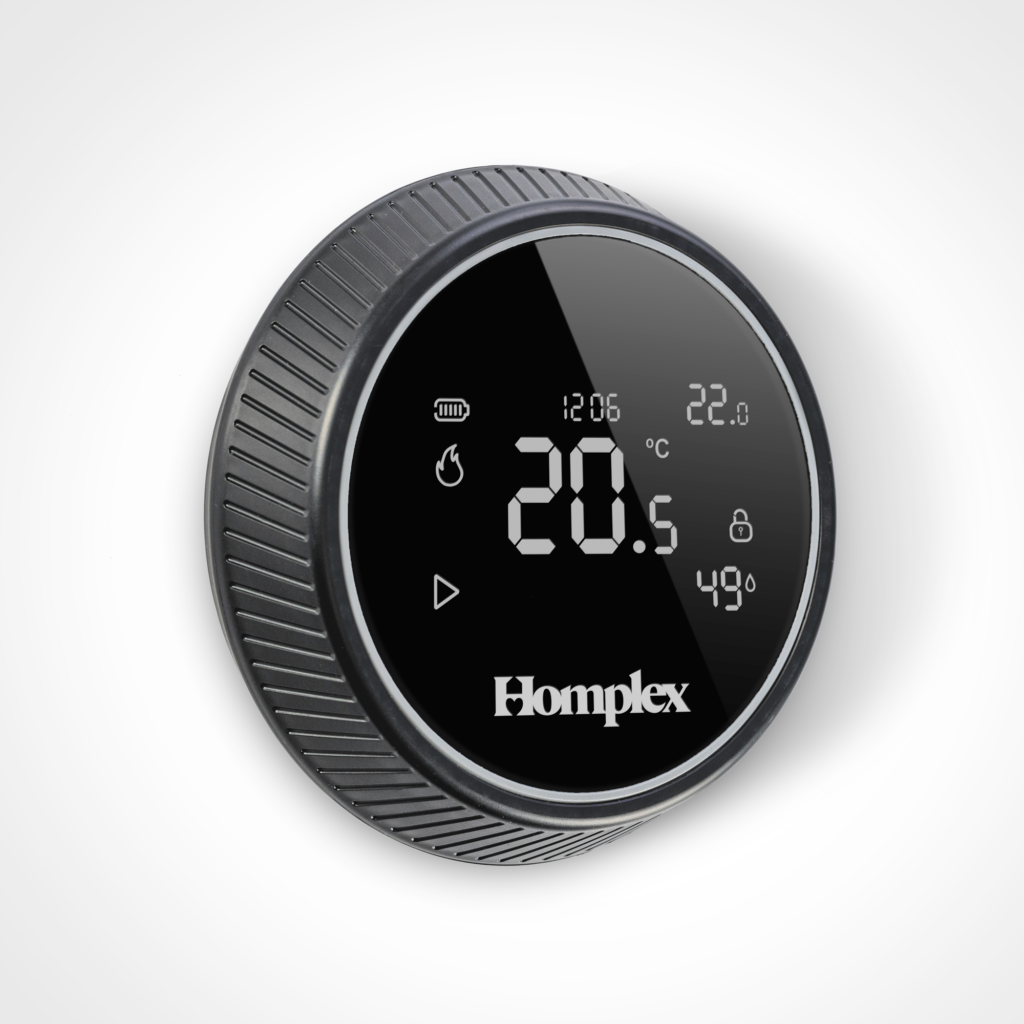




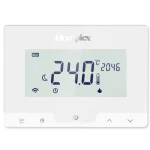


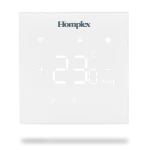






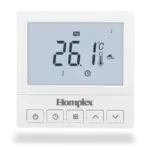


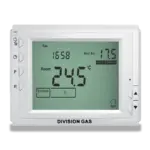







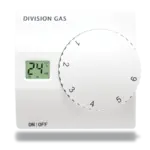


















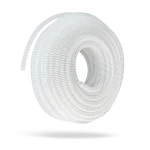
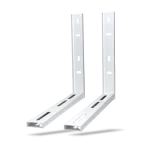

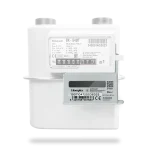
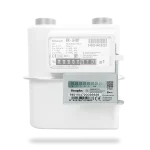

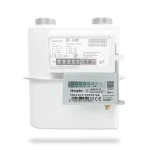














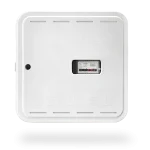















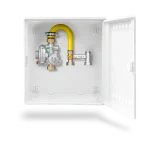







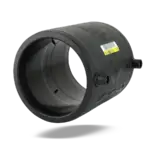














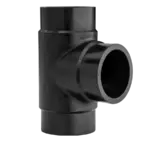













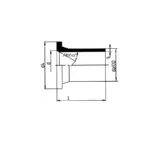




































































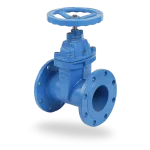
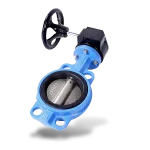
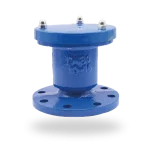
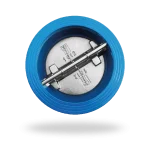
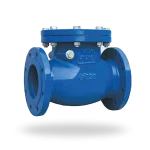
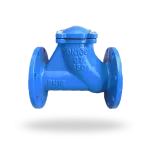
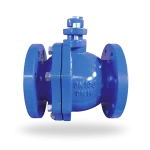


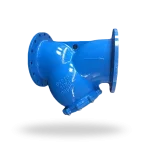
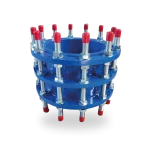


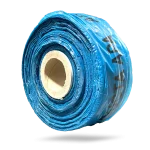

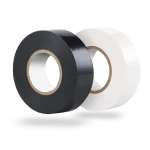
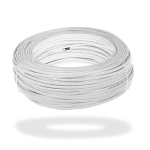
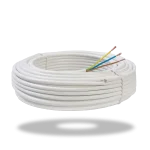
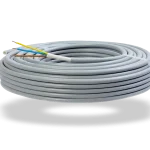
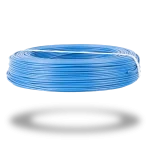
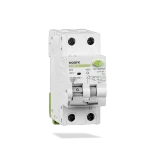
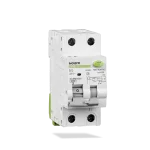
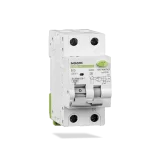
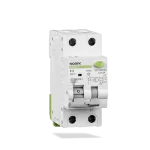
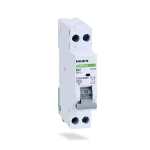


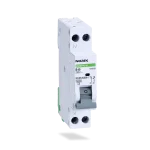
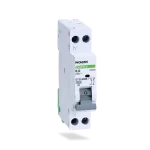
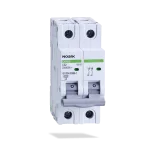
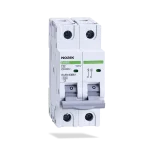








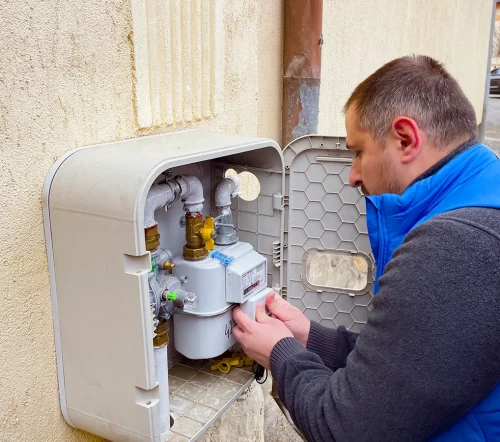


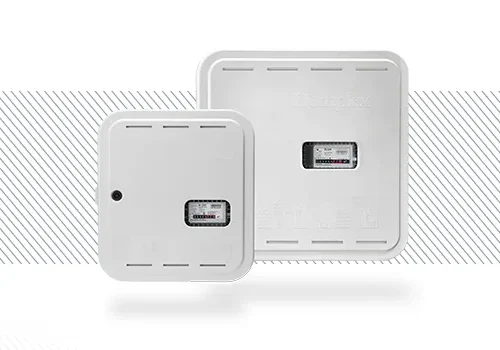


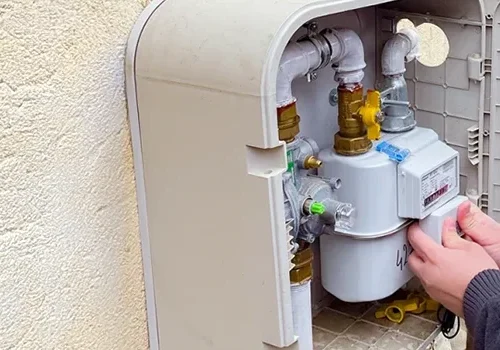

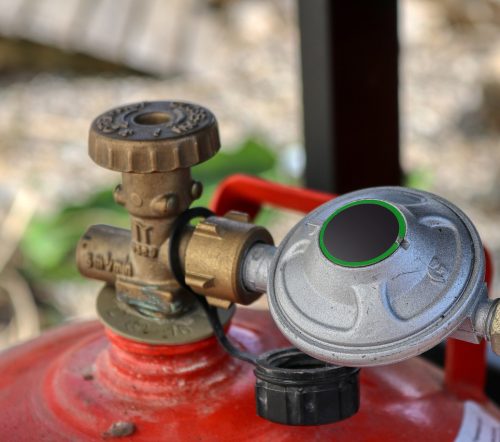
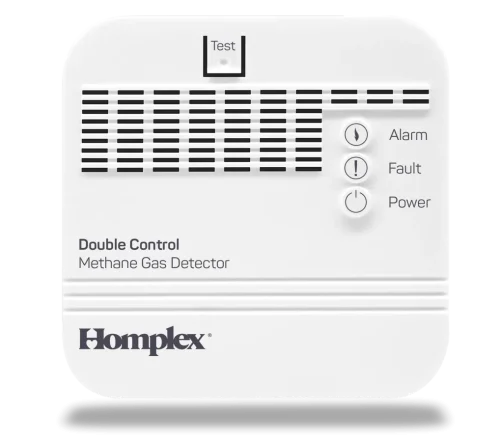



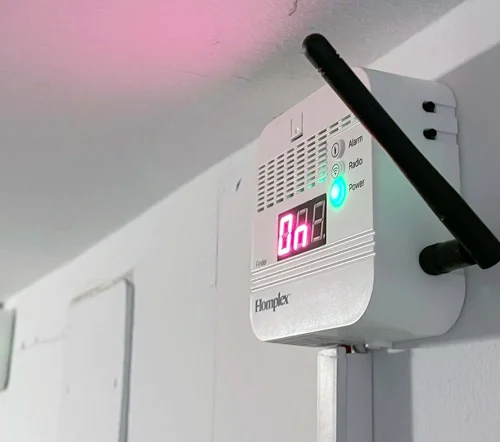







No Comments yet!